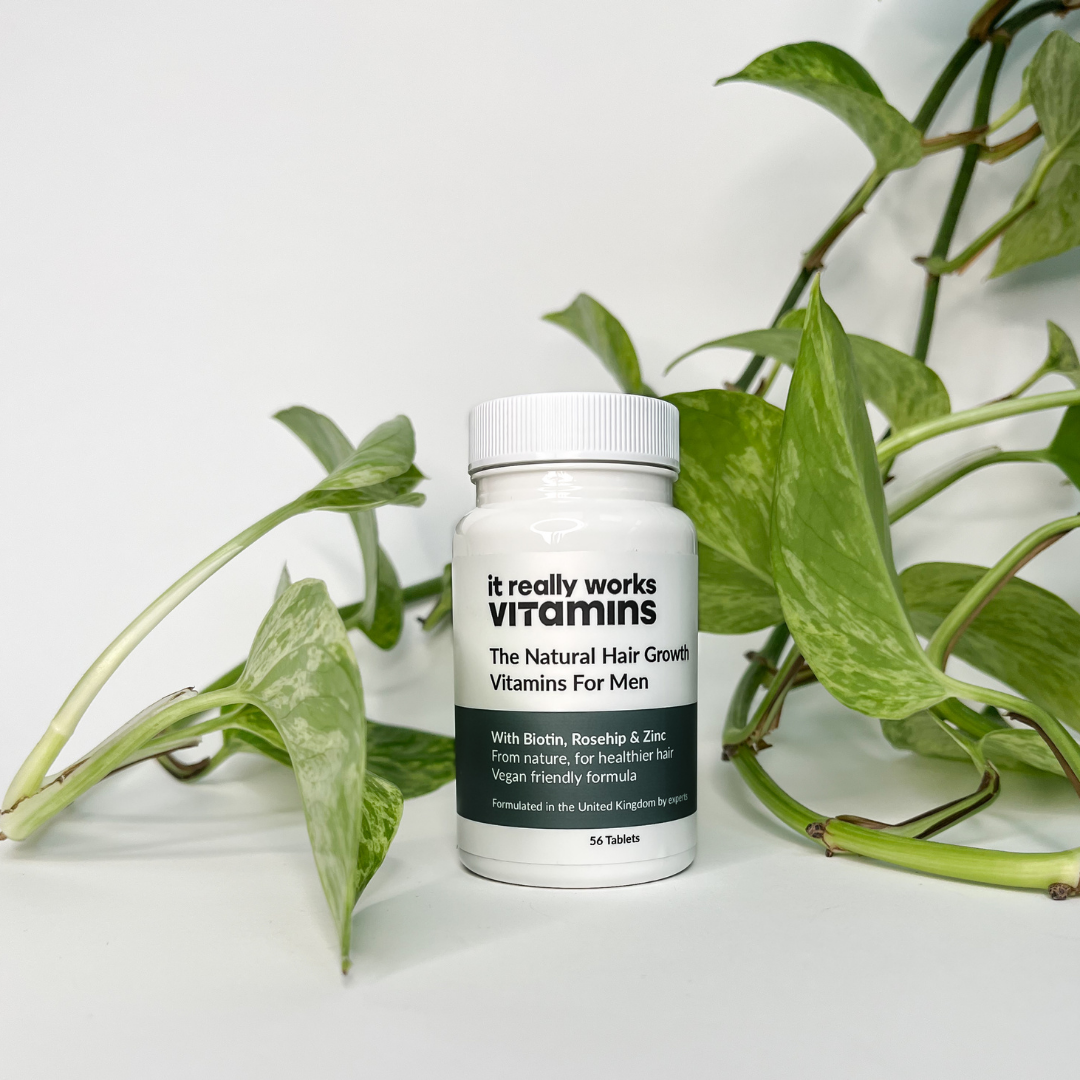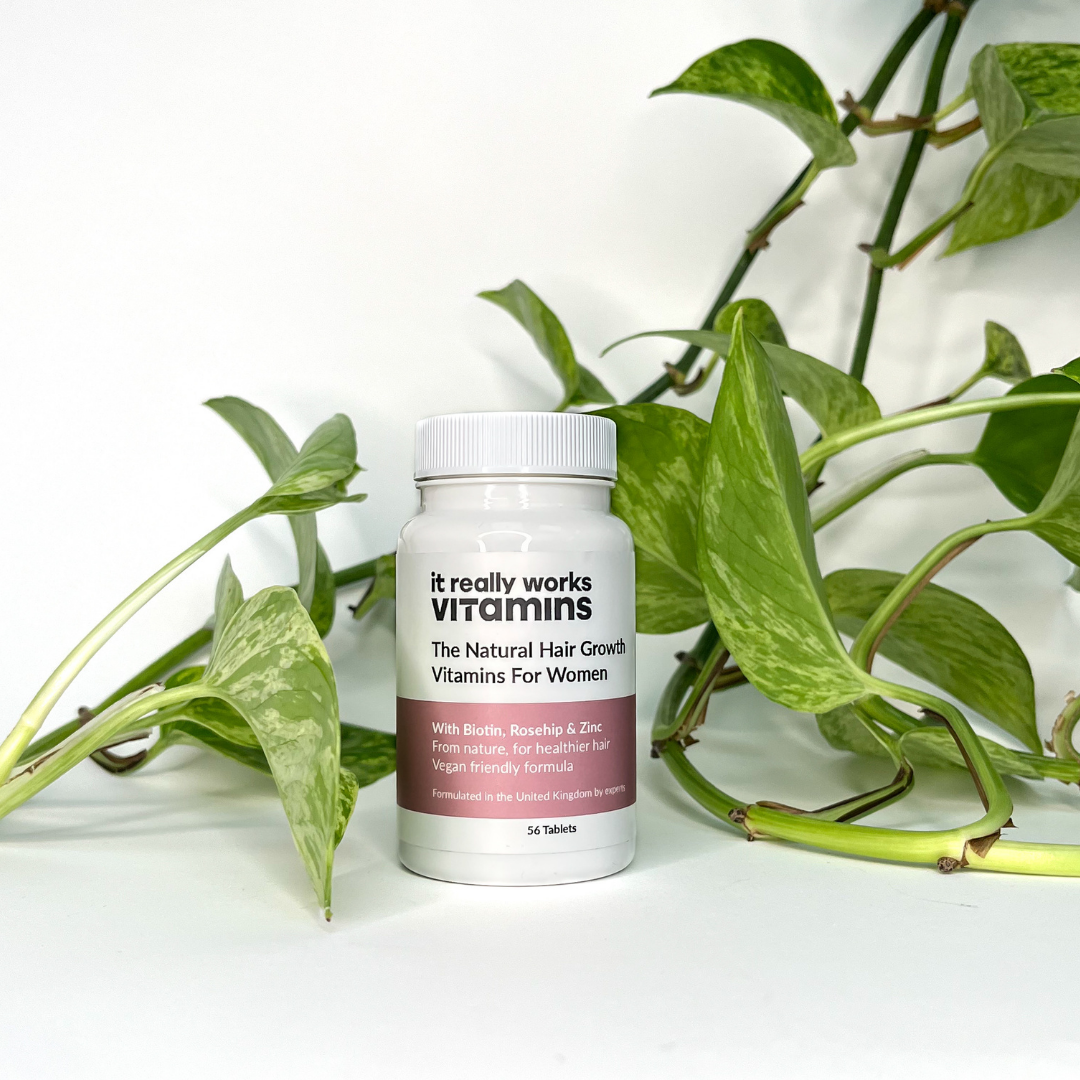We’re gonna divide the solutions up into chemical and natural, So if you feel that your hair is thinning, we’re going to show you the most common ways to fight hair loss.
The first step you might want to take is to visit your doctor. You don't have to accept thinning hair as a natural part of ageing.
Your doctor can often diagnose the cause of your balding by sight alone and can recommend a prescription treatment.
Also, hair thinning that spreads may be symptomatic of an underlying health issue. "Hormonal or nutritional deficiencies, such as thyroid problems, or a protein or iron deficiency which can lead to shedding hair," Don't suffer in silence and get over to your GP.
After this consultation, your doctor may prescribe some chemical products or point you in the direction of over the counter options.
Both of these options have side effects, which may continue after you’ve stopped using them, so it’s important to talk to your doctor about these side effects and make an informed choice.
Finasteride
Your doctor may prescribe Finasteride, otherwise known as Propecia
Finasteride is medication used to shrink enlarged prostates, as well as treat male pattern baldness at the crown and in the centre of the scalp.
Finasteride can be taken in tablet form at a dose of 1 milligram (mg) every day and injections are also possible.
This medication is suitable only for adult men and any broken or crushed tablet should not be handled by any women who are likely to become pregnant or who are pregnant as it can have an effect on the feotus.
Finasteride works by blocking the conversion of testosterone into androgen hormone Dihydrotestosterone or DHT.
Finasteride works by blocking the conversion of testosterone into androgen hormone Dihydrotestosterone or DHT.
We’ve covered this in a few of our other videos, but it’s a good idea to recap on what DHT is and how it kickstarts male pattern baldness - because this helps us to understand how chemicals that interfere with DHT can bring about certain side effects.
In men, DHT is an androgen hormone and it’s also a sex steroid as it is produced in the testes.
Androgens are responsible for biological characteristics in guys, including a deeper voice, body hair, and increased muscle mass.
In men, an enzyme called 5-alpha-reductase (5-AR) converts testosterone into DHT in the testes and the prostate.
The hair follicle life cyle has three phases.
The growth phase: Growth or Anagen phase)
the renewal phase: The Renewal or Catagen Phase)
and the resting phase: The Resting or Telogen Phase)
Around ten percent of testosterone is converted into DHT.
Male pattern baldness happens when the follicles slowly become miniaturized, the growth phase of the hair is reduced and hair goes into a longer resting phase
The shortened growing phase means the hair cannot grow as long as before.
And over time, the growth phase becomes so shortened that the new hairs do not even peek through the surface of the skin.
Hair at the temples and on the crown slowly thin and eventually disappear.
So this is where Finasteride comes in! Finasteride, or Propecia, was approved for safety and efficacy by the U.S. Food and Drug Administration (FDA) in 1997.
Finasteride inhibits type 2 5-Alpha Reductase which is the enzyme responsible for converting Testosterone to DHT.
Studies show that Finasteride can stop baldness from progressing, and in some instances new hair can regrow.
Hair growth on other parts of the body is not affected by finasteride
But Finasteride is not actually a hair loss cure. It works for as long as you are taking it and once you stop, hair fall will return, often at a greater rate than first experienced.
Because Finasteride also interferes with the sex hormone DHT, it’s capable of nasty side effects including the following:
- loss of interest in sex,
- impotence,
- trouble having an orgasm,
- abnormal ejaculation,
Tell your doctor right away if any of these unlikely but serious side effects occur:
These include:
Lump in the breast,
Nipple discharge,
breast enlargement/tenderness/pain,
pain in the testicles, inability to urinate.
It’s really important to talk to your doctor if you have concerns about these side effects.
Allergic reactions to Finasteride are unlikely, but it’s vital to seek immediate medical attention if it occurs.
Symptoms of an extremely serious allergic reaction include,
- swelling in your hands or feet,
- swelling or tenderness in your breasts,
- trouble breathing.
- dizziness,
- weakness,
- feeling like you might pass out,
- headache,
- runny nose, or
- Rash or itching swelling (especially of the face, tongue or throat
Please do forward this video to anyone who’s using Finasteride or considering using it and hit subscribe to stay in the loop on everything you need to know about haircare and hair loss.
Minoxidil
Minoxidil is an over-the-counter medication for hair loss and it is approved by the FDA for use by both men and women.
Minoxidil is a vasodilator. It stimulates hair growth through widening blood vessels and allowing more oxygen, blood and nutrients to the hair follicles.
This is believed to start an early growth phase anagen phase, meaning it can make hair follicles go through the entire hair cycle process before starting again.
As a result, some people experience some hair to fall out (shedding) when starting their Minoxidil treatment. This happens as new hair enters the anagen phase, making your old hair to fall out. However, this does not mean that you are losing more hair, but rather that old and weak hair is replaced by new, more energized hairs.
A study from 2015 has shown that three months into the Minoxidil treatment no significant change in hair count was observed, while after 6 months a significant increase was observed.
Minoxidil should be applied for at least four months before any hair regrowth can be seen. The treatment must be used consistently to increase the chance of seeing results. An earlier study found that 26% of men reported moderate to dense hair regrowth after using minoxidil topical solution 2% for 4 months.
In other words, Minoxidil starts to have an effect on your scalp immediately, but it may take 4 months before you see any noticeable positive effects with regards to your hair density.
You may experience shedding at the beginning of the treatment, does work to some extent as evidenced by clinical studies, but only for certain types of baldness and only if you keep up with its application. But it won’t work for everyone. If it does work, you probably won’t grow back all of the hair you’ve lost, and it can take up to four months to see results. although scientists aren't quite sure how it works.
It’s available as Rogaine or Theroxidil, or in generic form. It's sold as a liquid or foam and in two strengths: 2% and 5%.
Minoxidil works for about 2 out of 3 men.
It's most effective if you're under age 40 and have only recently started to lose your hair.
Minoxidil does not cure baldness. If you stop using it, you will start losing hair again. Your hair may fall out faster than before.
You may have redness, itching, dryness, flaking, or other scalp irritation, though this is uncommon. It's more likely if you use the stronger 5% solution.




